 1 / 31
1 / 31

 1 / 31
1 / 31

Yunus Büyükkuşoğlu, one of Turkey’s most well-established collectors, acquired his first artwork at the age of 16. Instead of hiding his extensive collection of classic, modern and contemporary artworks as well as antiques in secret storage spaces, the family exhibits them at their factory buildings in Gebze and the Casa dell’Arte Hotel in Bodrum, executing programs supporting art as a “patron” beyond collectorship, and sustaining close relations with the artists. One of the oldest actors in the art market where the number of collectors swiftly increased in recent years, Yunus Büyükkuşoğlu is a valuable source both for the existing and beginner collectors with his experience in the field. We listened from him the story of this dynamic and comprehensive collection and how a collector’s spirit is to be nourished.
What was the first artwork you bought for yourself? How old were you? Do you remember how you felt when you bought it?
When I was 16 I used to earn my pocket money by working with my father. We had a spare parts shop at the Sirkeci Hüdavendigar Avenue. Framer shops commissioned the academy students to make paintings and exhibited them at their windows. In my free time I deeply enjoyed watching these young painters work in those ten meter-square rooms at these office blocks and I used to buy the paintings I liked with the pocket money that I saved. I was 17 when I acquired my first painting, it was the depiction of a ship struggling with storm, made by a painter named Servet. I saved money for six months to be able to buy it. It still hangs at my living room and it means a lot to me.
Do you have any other family members that build collections? Who inspired you to collect and whom did you inspire to collect?
My deceased wife was deeply interested in art and we built our collection together by buying paintings, sculpture and antique objects for many years. Now we determine the collection’s direction with my daughters. My younger daughter Gamze studied art; she both practices art and organizes artist residency and education programs at the Art Department by CDA with the help of a young team. My interest in art spread to my family and friends as well. Currently, my brothers and many of my friends who began to buy art after us have considerably large collections.
I do not think that there should be certain criteria for buying art, I think this is more exciting when it proceeds more organically, based on the instincts. I believe it is much more important to build a connection with the artwork.
Is it alright to buy without becoming a specialist in a subject matter? At this point, to what extent should collecting be emotional?
Frankly, for me its emotional aspect has always had more power. For many years I dedicated my Wednesdays to artist studio visits and became friends with many artists. I bought the paintings of those artists I knew, whom I enjoyed watching as they worked and to whom I personally felt close. Of course I had precious friends that I consulted but I never felt close to the idea of working with a consultant or to make the collection fit a certain framework. I do not think that there should be certain criteria for buying art, I think this is more exciting when it proceeds more organically, based on the instincts. I believe it is much more important to build a connection with the artwork. Buying in accordance with certain criteria is not something we do but of course we conduct research before buying a painting we like, it is important to know the schools the artist went to, his or her exhibition record, the galleries he or she worked with, previously sold artworks and the provenance of the work… But as I already said, these are not the number one criteria for us.
Where do you preserve your artworks, and under what conditions? Are there any items you don’t want other people to see?
Sharing our collection with others has always been very important to us since the very beginning. When we started to exhibit our artworks at our first factory’s dining hall, we had many reactions. The factory was in a dangerous zone and people thought hanging artworks there was crazy and that they would be the victim of vandalism. We saw the same reaction when we opened our hotel Casa dell'Arte in Bodrum in 2007. People found it strange that we were hanging such valuable artworks everywhere in the hotel including restrooms, but we ignored these criticisms. Our factory employees and hotel clients cared about these artworks even more than we did. Now our artworks are still being exhibited at our factories and our hotel.
A large, industrial space at our Gebze Farplas factory has been transformed into an art space to store the artworks that are not in exhibit. We use part of it as a storage space for our collection and part of it as an exhibition hall where we are able to realize our projects. We try to exhibit as many artworks as possible. We periodically change the works at our factories, hotel and Beyoğlu office.
Where do you exhibit your collection, and with whom do you share it, under what circumstances?
There are over 2000 artworks in our family collection and we keep on adding more works to it. They are exhibited at various venues, including the office walls and commonly used areas at our factories… Additionally, the rooms, commonly used areas and galleries at Casa dell’Arte, the hotel we opened in Bodrum in 2007 as Turkey’s first art hotel, are also used for exhibition. We do not keep the same artwork at the same place for a long time as we believe the collection is a living entity, we make sure they circulate. We have another space on the Istiklal Street, across from Mısır Apartmanı where we also exhibit artworks. It is a great pleasure to keep our collection and collectorship in a dynamic and living state and sharing it with others, contrary to the ordinary patterns of collecting.
People found it strange that we were hanging such valuable artworks everywhere in the hotel including restrooms, but we ignored these criticisms. Our factory employees and hotel clients cared about these artworks even more than we did. Now our artworks are still being exhibited at our factories and our hotel.
Any recommendations in collecting for beginners?
First of all they should choose reliable, well-informed people and institutions for guidance. Reaching information and following what's happening in the world is much easier than it used to be in our times. Let them listen to other collectors’ stories, read and make examples out of them, but yet they should still rely primarily on their own taste as the main criteria in building their collections, because you must have a real bond with an artwork if you are going to be looking at it every day.
Do you have other kinds of collections as well?
The stamp collection I started building as a child still exists even though it is not active anymore. These days I am more interested in painting and sculpture but our collection also features various objects and antiques. We also have the cars exhibited at Casa dell’Arte but I cannot consider myself a car collector.
What kind of positive effects does collecting have on an individual?
Art both nourishes the soul and offers an investment value as well as a lifestyle. Art is an investment that makes you grow and extends your horizons and collectorship, also has invaluable contributions such as generating and sharing value and supporting cultural production.
Art both nourishes the soul and offers an investment value as well as a lifestyle. Art is an investment that makes you grow and extends your horizons and collectorship, also has invaluable contributions such as generating and sharing value and supporting cultural production.
Whose words do you rely on in this field?
In the earlier days of my collection I used to consult close friends like Aydın Cumalı and Yahşi Baraz. Now these issues are being handled by our art department. This professional team not only preserves and keeps the inventory of the collection but also follows the artists we are interested in. We have an extensive network thanks to the collection’s current status and from time to time we also consult specialists in the field, both here and abroad.
Interview: Yasemin Elçi, Güliz Özbek Collini



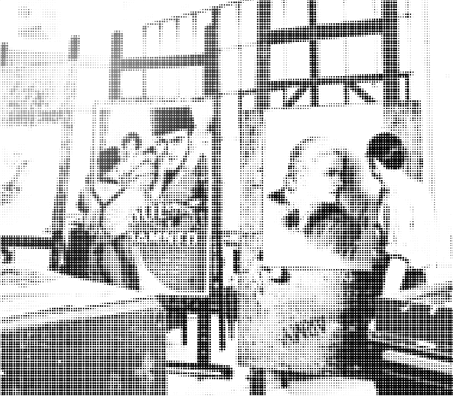



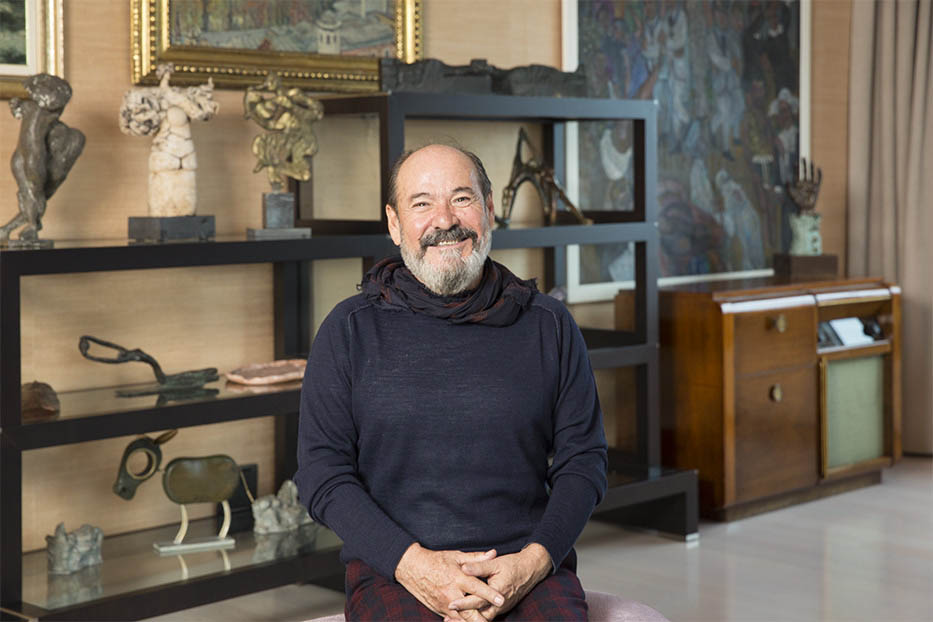
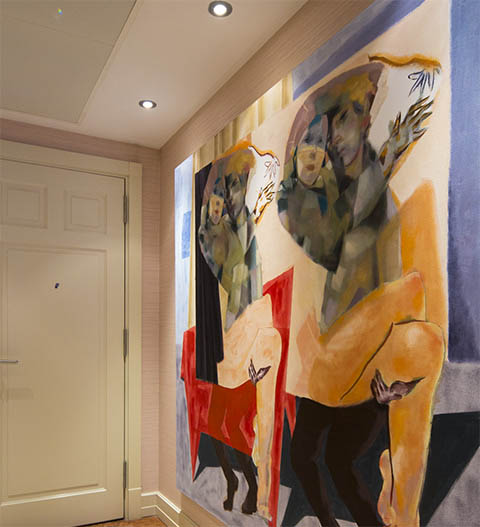
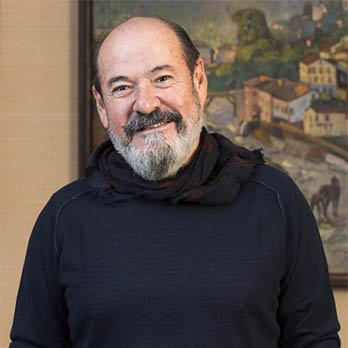

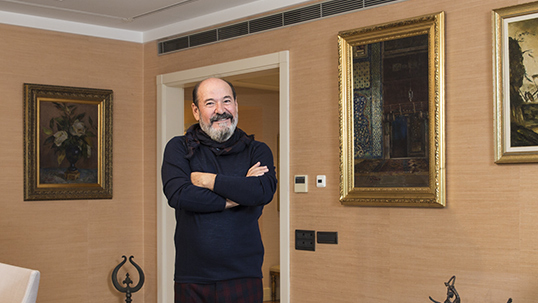
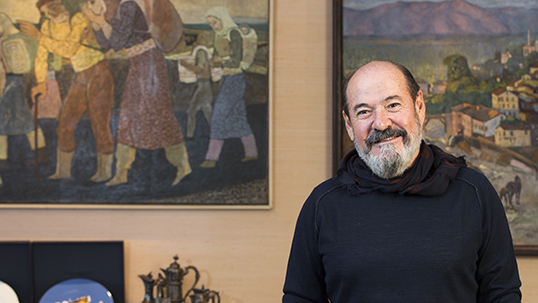
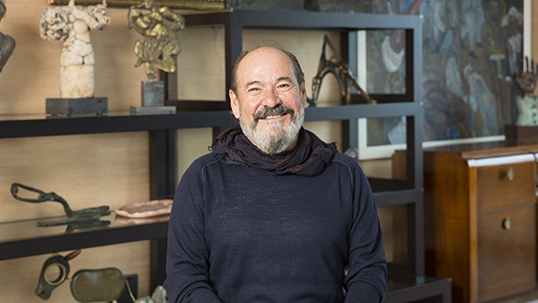
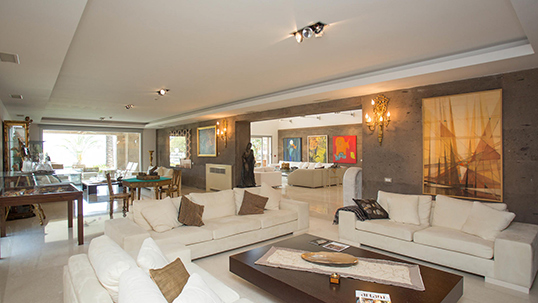
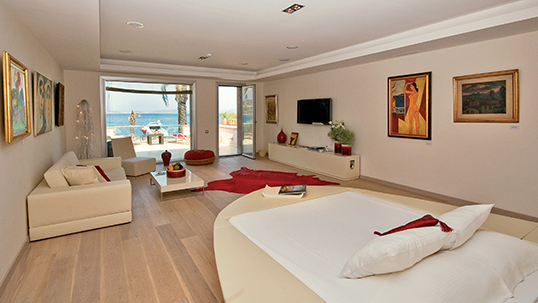
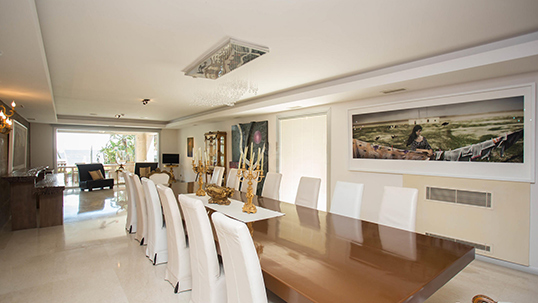
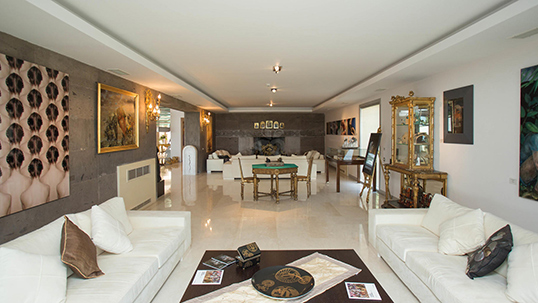
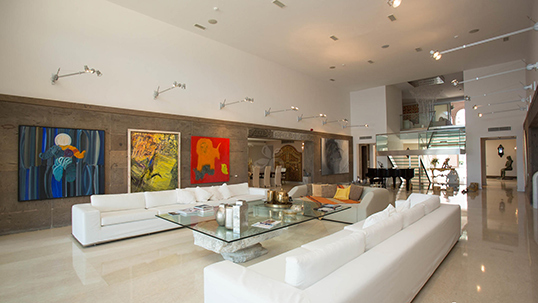
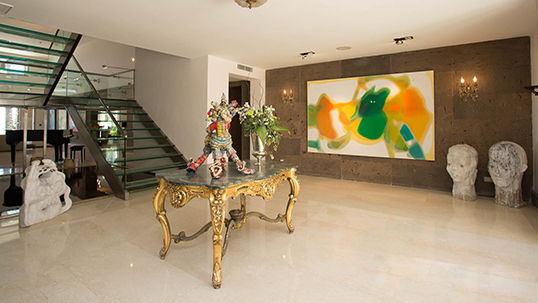
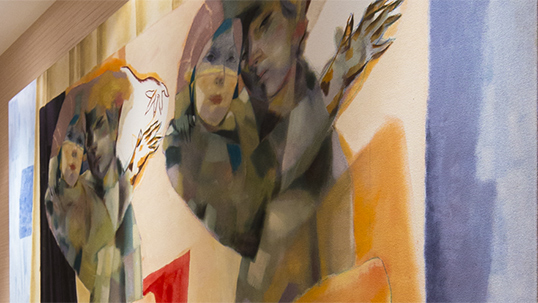
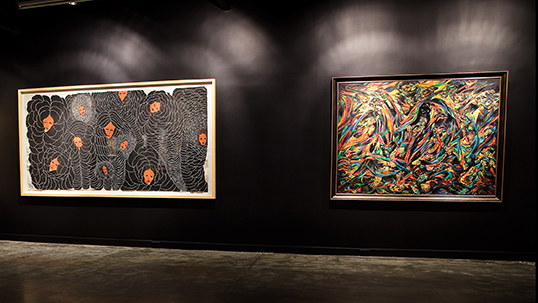
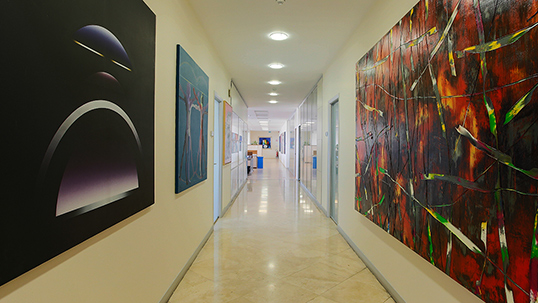
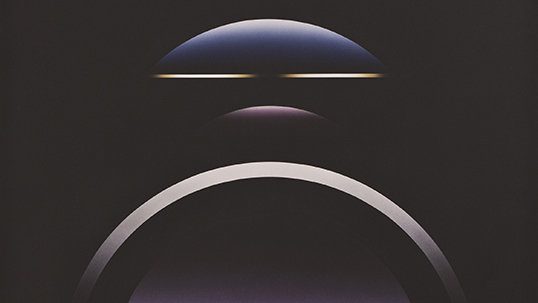
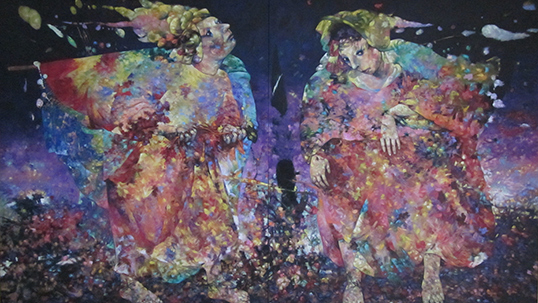
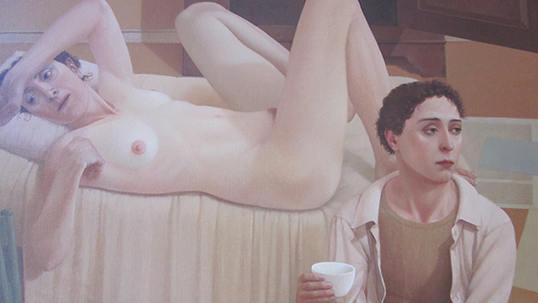
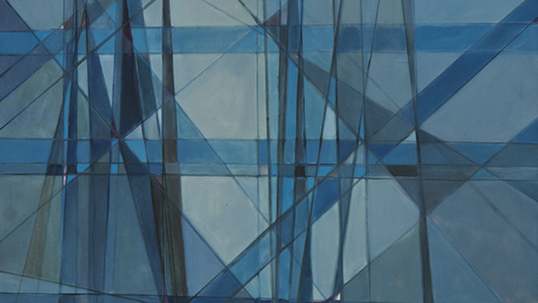
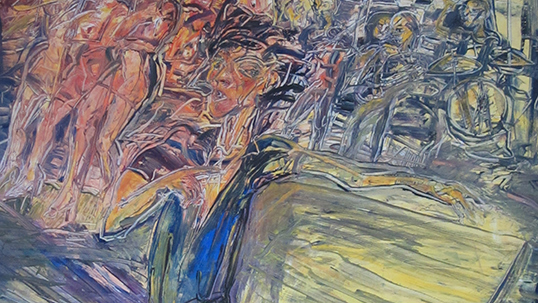
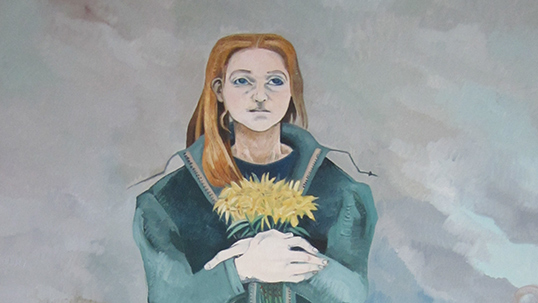
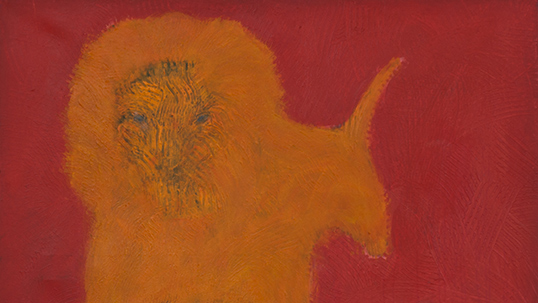
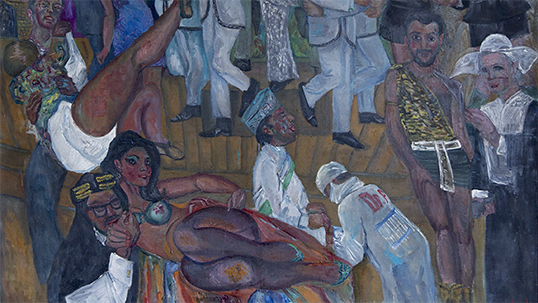
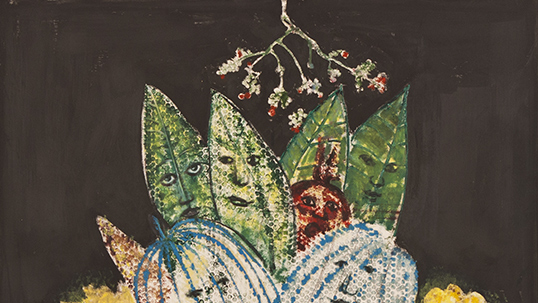
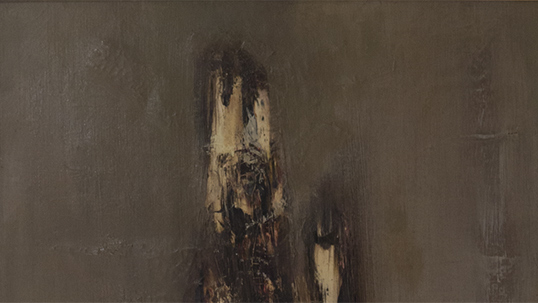
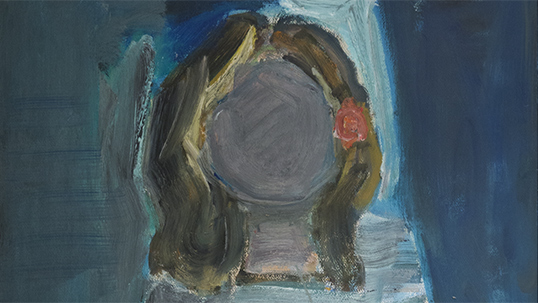
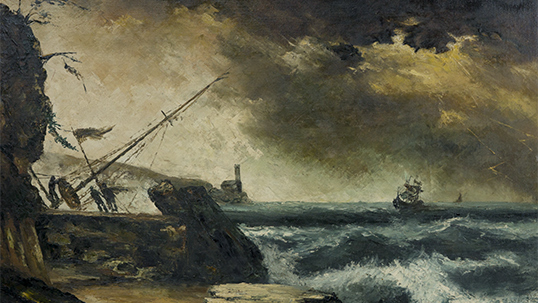
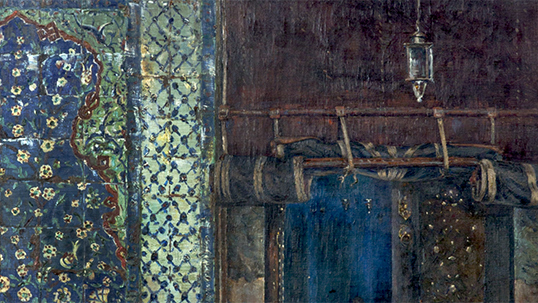
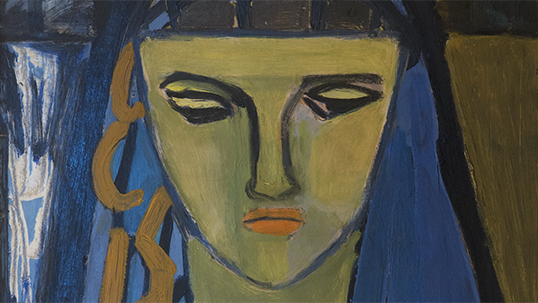
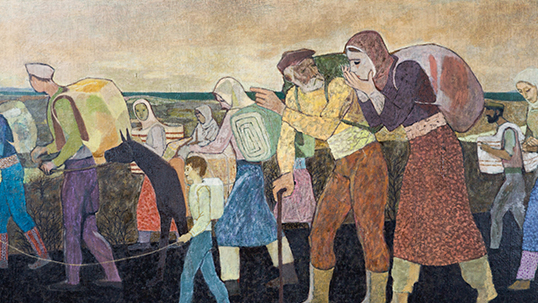
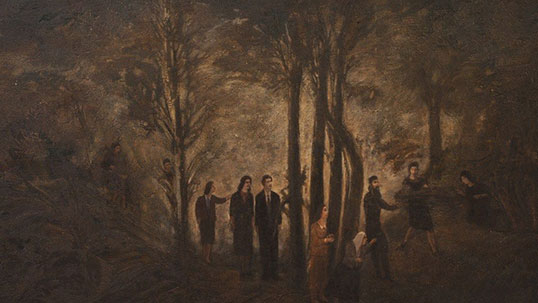
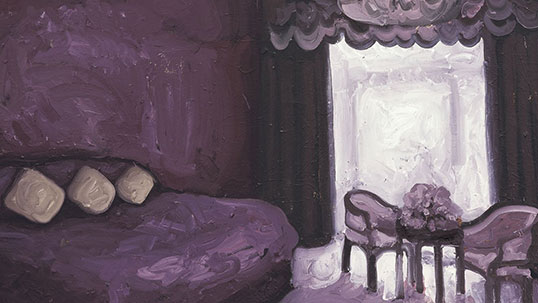
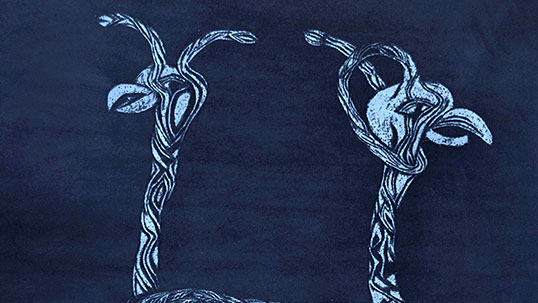
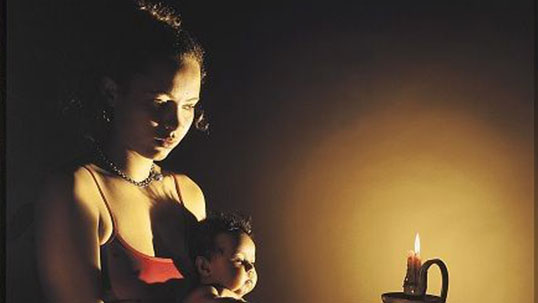



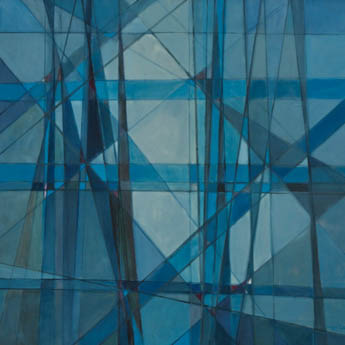
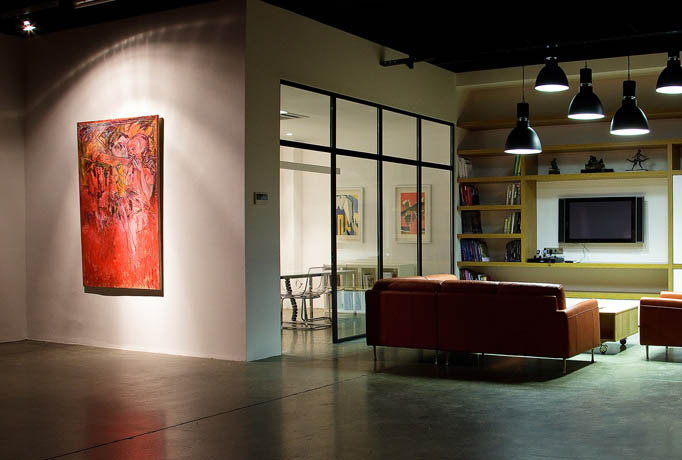
 UP
UP


